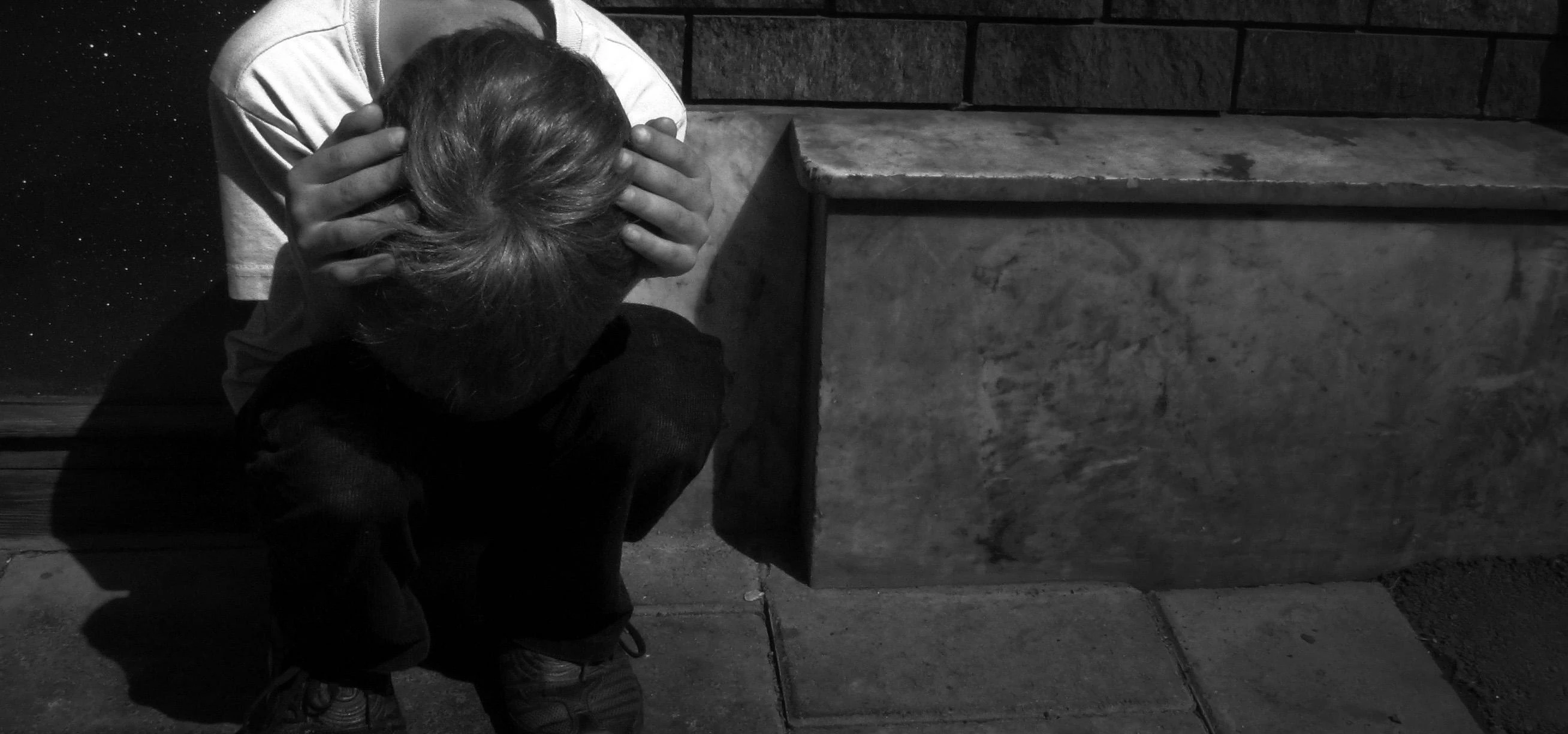
Partner Article
Why Are We So Anxious About Child Anxiety?
I recently read an article that really stuck with me, in which a university graduate discussed her experience of growing up while struggling with an undiagnosed anxiety disorder; not understanding what it was that she was feeling or even that she wasn’t alone in her experience.
This got me thinking, it’s only natural to worry about things from time to time and yes, everyone is capable of worrying a little too much sometimes, but at what point does plain old worrying become something more serious?
As many as 1 in 6 young people in the UK will experience an anxiety disorder at some point in their lives, and while this isn’t a new discovery, the fact that anxiety disorders are sometimes reduced to a form of pandering, with sufferers often told that they’re ‘just overreacting,’ or to ‘suck it up,’ suggests a widespread lack of understanding in our society of the true impact of anxiety. I think that because mental illness can’t be seen in the same way as a physical ailment, it sometimes becomes easier for those who aren’t fully aware of the causes or effects to deny its existence.
However, the reality is that, as well as experiencing ‘unseen’ persistent and irrational worries, individuals with anxiety disorders do actually have a number of visible physiological symptoms, including heart palpitations, dizziness and vomiting, making it almost impossible to just brush aside.
Child anxiety
A significant issue, which we at Oakley Mobile are very passionate about, is that as a society we’re still not comfortable discussing mental health problems such as anxiety openly, especially where children are concerned.
Surely, we should be making every effort to educate children about the issues surrounding mental health while they are young, in order to avoid a lack of understanding in later life. Is the fact that this isn’t happening due to the stigma around mental health issues as a whole?
Personal, Social and Health Education (PSHE), or Citizenship, is a mandatory National Curriculum subject for all secondary school pupils in England. However, I, like many others, am unable to recall even one instance of mental health being discussed at school. The focus was always on alcohol, smoking, drugs and bullying, all of which are of course important issues, but these topics could easily have also lent themselves to a dialogue on mental health. Why are we so afraid of talking and educating children about it?
It seems to me that we are still addressing the problem of anxiety with a very outdated approach. We have been actively taught to keep our worries to ourselves, repressing and bottling up anxiety for fear of appearing weak or being labelled by others, but this strategy has been getting us nowhere. If left unresolved, this maladaptive cycle will continue to be passed on from generation to generation.
Normalisation through earlier education
As has been demonstrated time and again, the key to normalisation is education. It’s not always just worries that people are afraid of talking about, rather the free stigma that comes alongside their admission. So in order to break down this stigma, we need to start being more open about mental health issues and education must start at a young age.
Children should be able to understand that feelings such as stress and worry are totally normal and are experienced by many others too. As well as being aware of the various issues they may experience, it’s also incredibly important that children know how to access help in order to deal with those issues before they become deep-rooted.
Help can come in many different forms and there are so many tools and services out there just waiting to be sought out by those that need it. Aside from seeking professional help via a GP or youth counselling services, which may seem daunting, tools like The Worrinots app can be a great place to start. Building upon strategies such as ‘Worry Trees’ and ‘Worry Eaters’, which can sometimes lack the instant gratification sought out by children, it provides a more ‘child-first’ approach with tips for short-term instant relief from anxiety, whilst having a long term goal of teaching children how to manage their anxiety themselves.
Only by providing solutions such as these, that will arm young people with the knowledge to tackle anxiety early on and stop worries from festering in a way that they feel comfortable, can we ensure that our society is not only more aware, but also more accepting of the impact of anxiety.
This was posted in Bdaily's Members' News section by Barry Richardson, Creative Director at Oakley Mobile .
Enjoy the read? Get Bdaily delivered.
Sign up to receive our popular morning National email for free.








 The value of nurturing homegrown innovation
The value of nurturing homegrown innovation
 A dynamic, fair and innovative economy
A dynamic, fair and innovative economy
 Navigating the property investment market
Navigating the property investment market
 Have stock markets peaked? Tune out the noise
Have stock markets peaked? Tune out the noise
 Will the Employment Rights Bill cost too much?
Will the Employment Rights Bill cost too much?
 A game-changing move for digital-first innovators
A game-changing move for digital-first innovators
 Confidence the missing ingredient for growth
Confidence the missing ingredient for growth
 Global event supercharges North East screen sector
Global event supercharges North East screen sector
 Is construction critical to Government growth plan?
Is construction critical to Government growth plan?
 Manufacturing needs context, not more software
Manufacturing needs context, not more software
 Harnessing AI and delivering social value
Harnessing AI and delivering social value
 Unlocking the North East’s collective potential
Unlocking the North East’s collective potential